
Diseases and Management
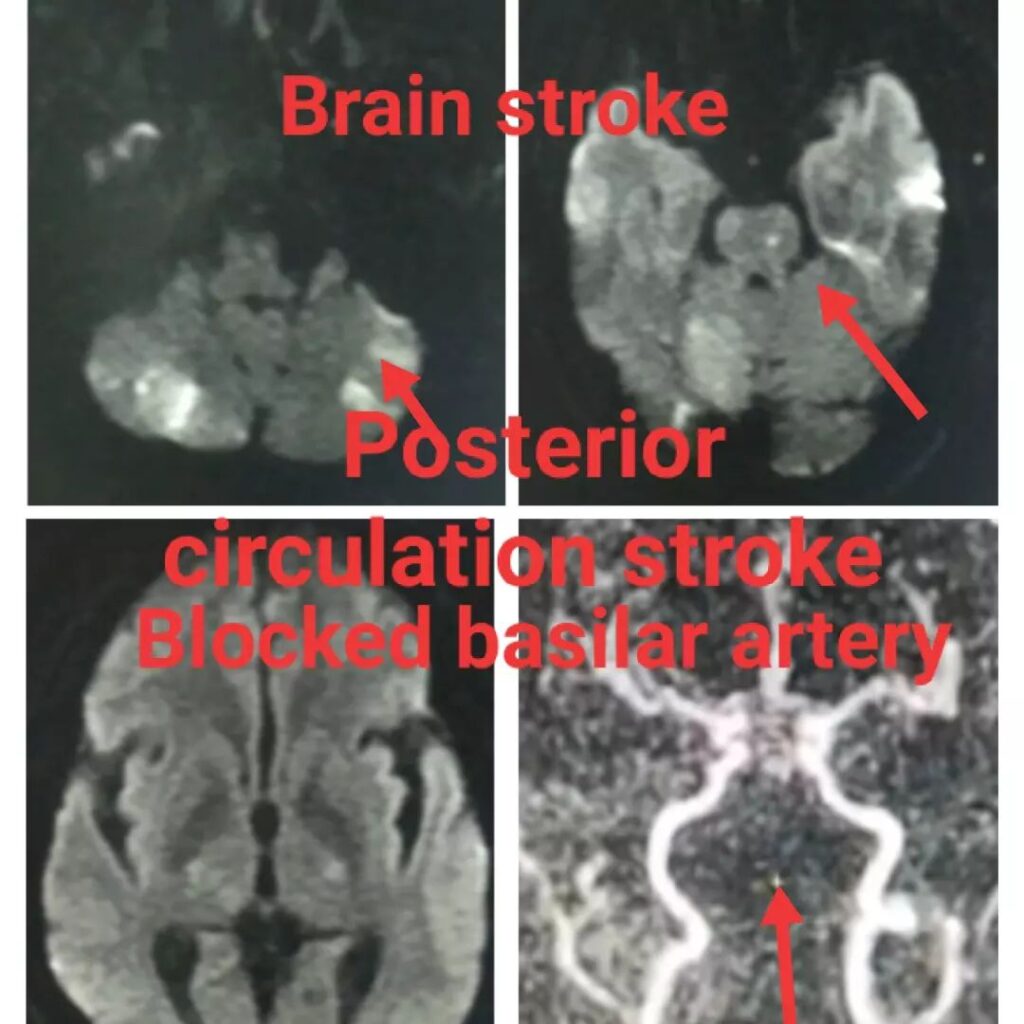
Treatment on
Brain Stroke
A brain stroke, also known as a cerebrovascular accident (CVA), occurs when the blood supply to the brain is disrupted, leading to damage or death of brain cells. Strokes can be caused by a blockage in a blood vessel (ischemic stroke) or by the rupture of a blood vessel (hemorrhagic stroke). Immediate medical attention is critical to minimize brain damage and improve the chances of recovery.
Treatment on
Pediatric Neuro Intervention
Pediatric neuro intervention refers to the specialized field of medicine that focuses on diagnosing and treating neurological conditions in children using minimally invasive procedures. These interventions may include techniques such as angiography, embolization, and endovascular procedures to address conditions such as brain tumors, vascular malformations, and other neurovascular disorders.
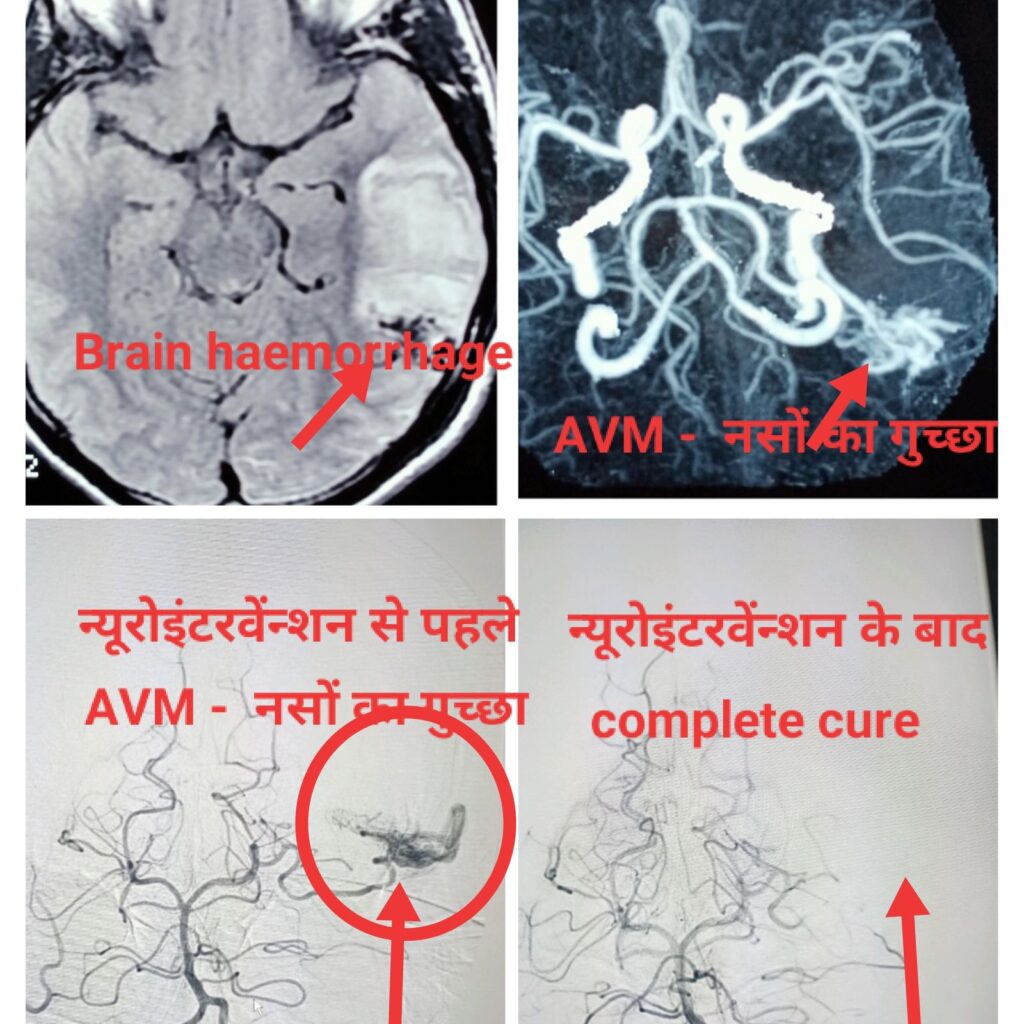

Treatment on
Endovascular Neurointerventions
Endovascular neurointerventions are minimally invasive procedures performed by neurointerventional radiologists or neurosurgeons to diagnose and treat various neurovascular conditions. These interventions are typically guided by imaging techniques and involve accessing the blood vessels through catheters to deliver medications, embolize abnormal vessels, or perform other therapeutic procedures.
Treatment on
Interventional Neurology and Endovascular Bypass
Interventional neurology refers to the field of medicine that uses minimally invasive techniques to diagnose and treat neurological disorders, particularly those related to blood vessels in the brain and spinal cord. Endovascular bypass is a surgical procedure that involves redirecting blood flow by creating an artificial connection between blood vessels, bypassing a diseased or blocked segment. It can be used to treat conditions such as cerebral artery stenosis or occlusion.
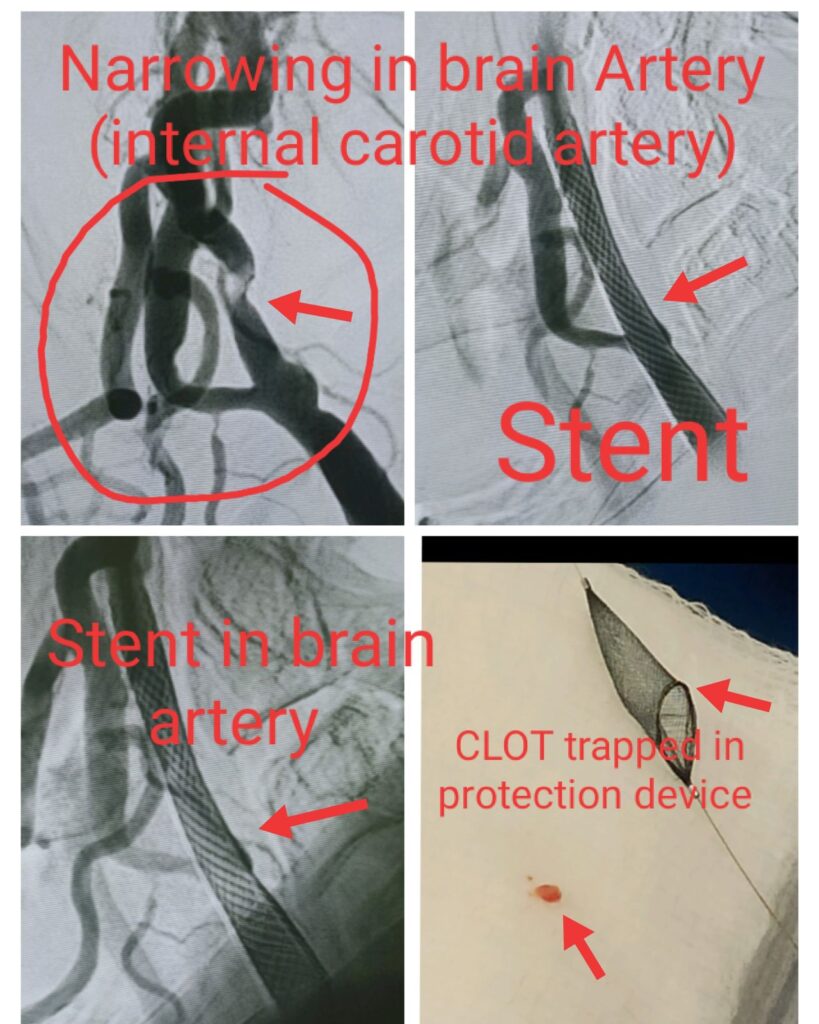

Treatment on
AVM/AVF Embolization
AVM embolization refers to a procedure called endovascular embolization used to treat arteriovenous malformations (AVMs) in the brain. During this procedure, a catheter is guided through the blood vessels to the site of the AVM, and an embolic agent is injected to block the abnormal blood vessels, reducing the risk of bleeding or other complications associated with the AVM.
Treatment on
Brain Hemorrhage
Brain hemorrhage, also known as intracranial hemorrhage, occurs when there is bleeding within the brain tissue or the spaces surrounding the brain. It can be caused by various factors, including trauma, high blood pressure, or the rupture of an aneurysm. Immediate medical attention is crucial to control the bleeding and prevent further damage to the brain.

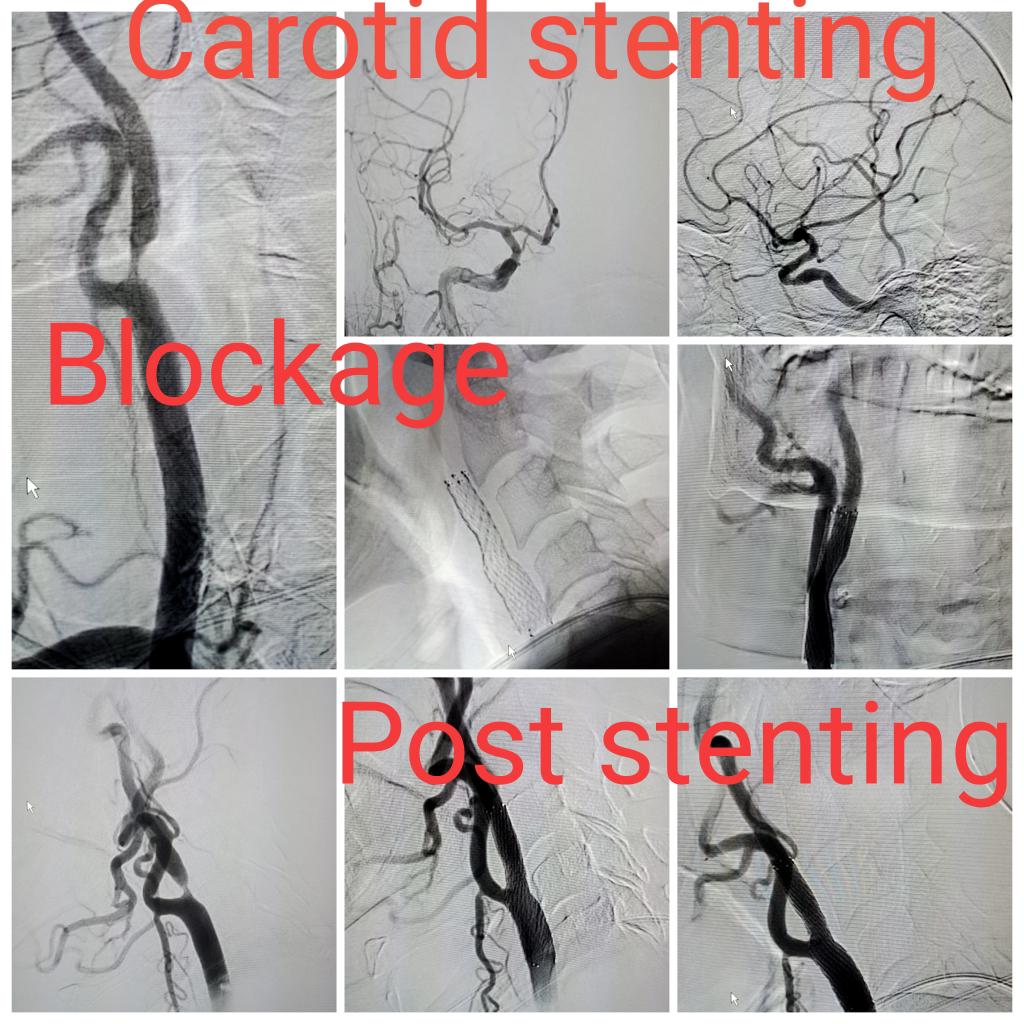
Treatment on
Carotid Stenting
Carotid stenting is a minimally invasive procedure used to treat carotid artery disease, which occurs when the carotid arteries in the neck become narrowed or blocked due to atherosclerosis. During the procedure, a stent is placed in the narrowed area to open up the artery and improve blood flow to the brain, reducing the risk of stroke.
Treatment on
Paralysis (Stroke)
Paralysis is a common complication of stroke that occurs when there is a loss of muscle function in part or all of the body. It can affect one side of the body (hemiplegia) or specific limbs (monoplegia or paraplegia) depending on the location and extent of the brain damage caused by the stroke.
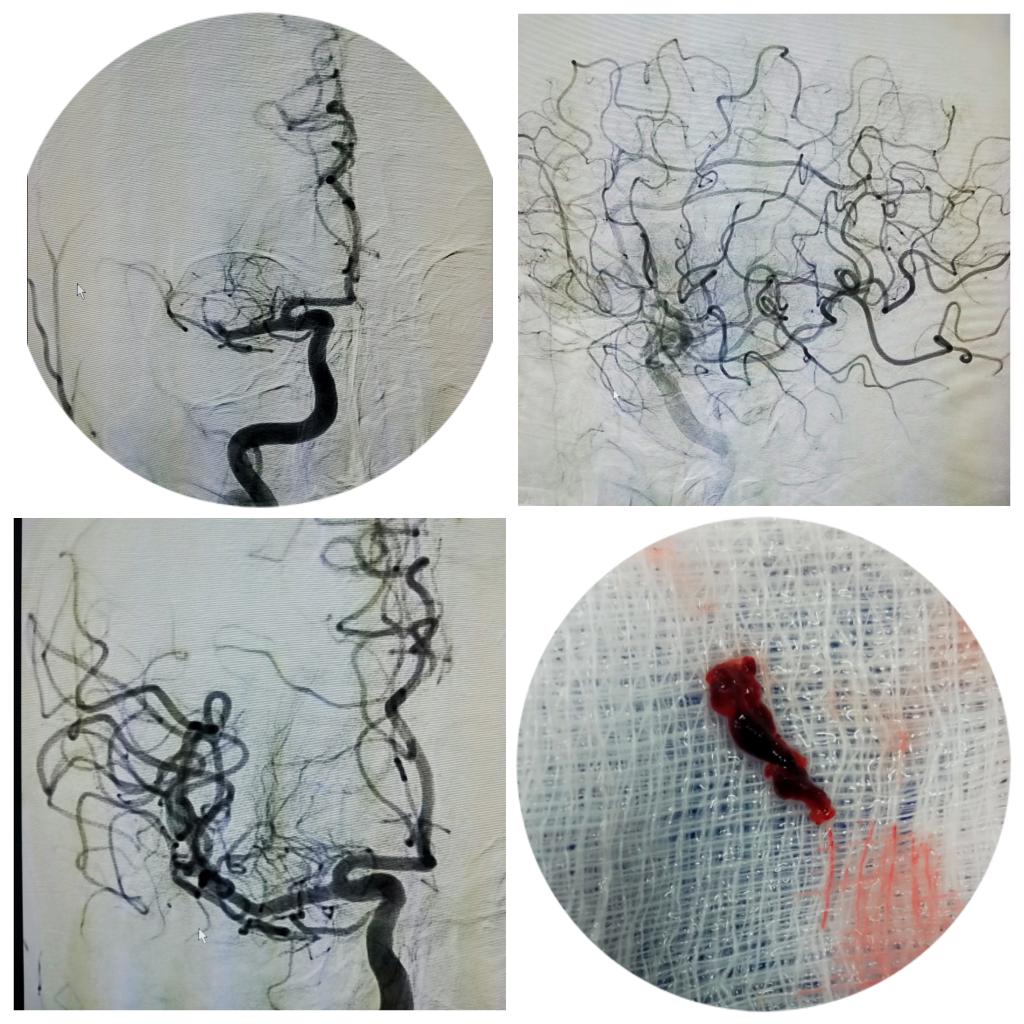

Treatment on
Transient Ischemic Attack(TIA)
A Transient Ischemic Attack (TIA), also known as a “mini-stroke,” is a temporary episode of neurological dysfunction caused by a brief disruption of blood supply to the brain, often presenting with stroke-like symptoms that resolve within 24 hours.
Treatment on
Vascular Brain Diseases
Vascular brain diseases are conditions that affect the blood vessels in the brain, leading to impaired blood flow, oxygenation, and nutrient supply to brain tissue. These diseases include atherosclerosis, cerebral aneurysms, arteriovenous malformations, and cerebral vasculitis, among others. They can result in various neurological symptoms and require specialized management.

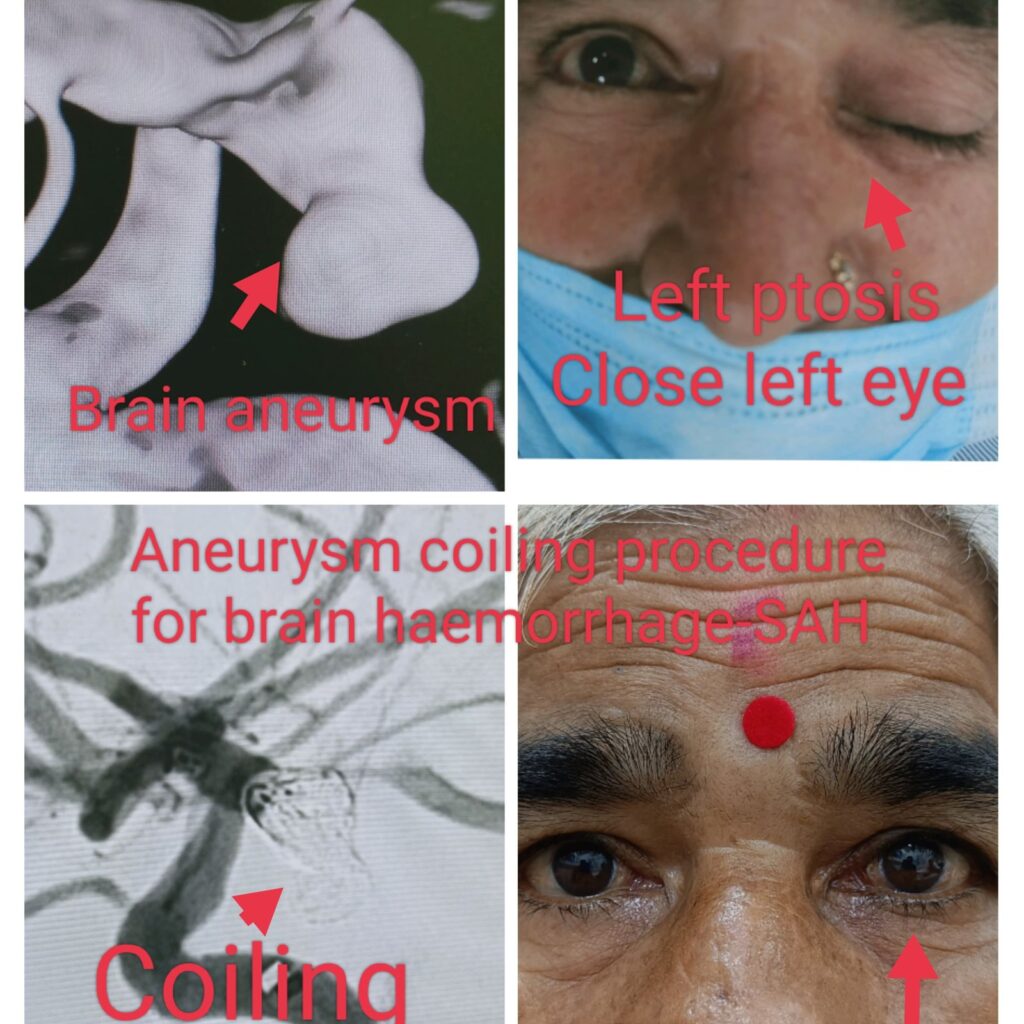
Treatment on
Intracranial Aneurysm Coiling
Intracranial aneurysmal coiling is a minimally invasive endovascular procedure used to treat intracranial aneurysms. During this procedure, a catheter is guided through the blood vessels to the site of the aneurysm, and tiny platinum coils are inserted into the aneurysm to promote blood clotting and prevent rupture.
Treatment on
Acute Stroke Care With Thrombolysis
Acute stroke care with thrombolysis refers to the administration of clot-dissolving medications, such as tissue plasminogen activator (tPA), shortly after the onset of an ischemic stroke. Thrombolysis aims to dissolve the blood clot causing the stroke and restore blood flow to the affected area of the brain, potentially improving the patient’s outcome.


Treatment on
Stroke Clinic
A stroke clinic is a specialized medical facility that focuses on the evaluation, diagnosis, and treatment of stroke patients. These clinics typically have a multidisciplinary team of healthcare professionals, including neurologists, radiologists, rehabilitation specialists, and nurses, who work together to provide comprehensive care to stroke patients.
Treatment on
Acute Stroke Treatment
Acute stroke treatment refers to the immediate medical interventions administered shortly after the onset of a stroke. These treatments may include intravenous thrombolysis with clot-dissolving drugs, endovascular thrombectomy to remove a blood clot, or other interventions aimed at restoring blood flow to the affected area of the brain and minimizing brain damage.


Treatment on
Intra-Arterial Thrombolysis
Intra-arterial thrombolysis is a minimally invasive procedure performed to dissolve or remove a blood clot in the cerebral arteries using clot-dissolving medications delivered directly to the clot site. It is often used as an alternative or adjunct to intravenous thrombolysis in certain cases of acute ischemic stroke.
